
What is the first thing that comes to your mind when you hear the word “Neanderthal”? You probably imagine a hairy, boorish and savage-looking giant of a man who grunts and carries a club. At least that’s what we have seen in several films and cartoons over the years, isn't it? We tend to assume that Neanderthals, our long-gone relative, were dumb and their lifestyle consisted of just hunting and eating. Not much is known about the reason for their extinction either, except for the fact that they went extinct in Europe about 40,000 years ago.
The truth is that we know precious little of Neanderthals. Thankfully, a number of recent studies and research have given great insights into the life of Neanderthals and their personality traits. These will not just help us in understanding them better and learning from them, but also bust the myth that they were just unrefined cave-dwellers. Here are some little-known and interesting facts about the life of Neanderthals.
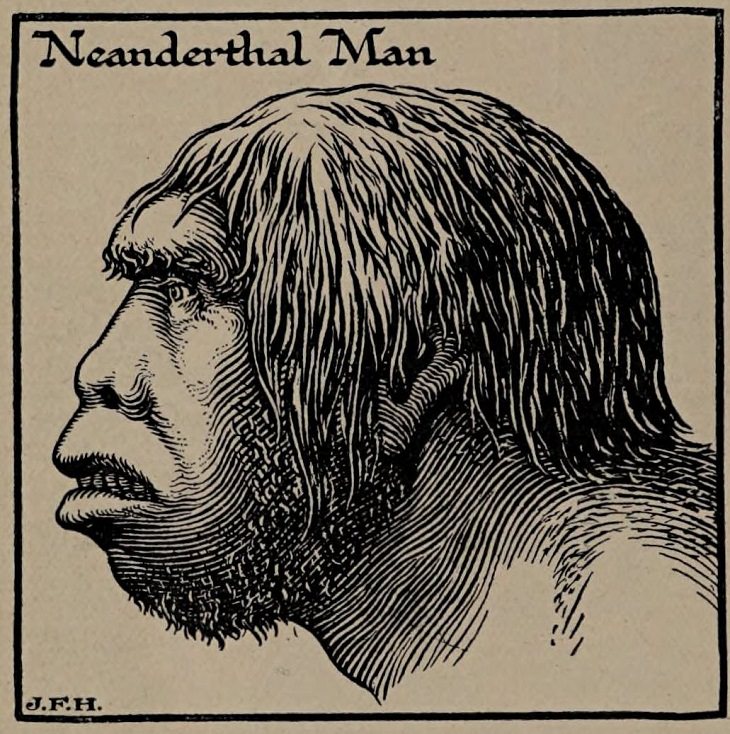
Image source - Wikimedia Commons
The first evidence of Neanderthals was discovered in 1856. Some laborers in a mining operation found human bones in the Kleine Feldhofer Grotte, a small limestone valley in northern Germany. The finding consisted of a partial skull, pelvis and assorted long bones. Initially, the miners thought that the strange bones belonged to a cave bear. However, when studies were conducted on them by Johann Carl Fuhlrott, a science teacher in Elberfeld, it was surmised that the bones belonged to a previously unknown type of human. The skull was oval-shaped and it had a low, receding forehead along with distinct brow ridges. The bones were thick and strong and distinctly different from modern humans.
Later on, these bones came to be known as Neanderthal 1, the first specimen to be recognized as an early human fossil.
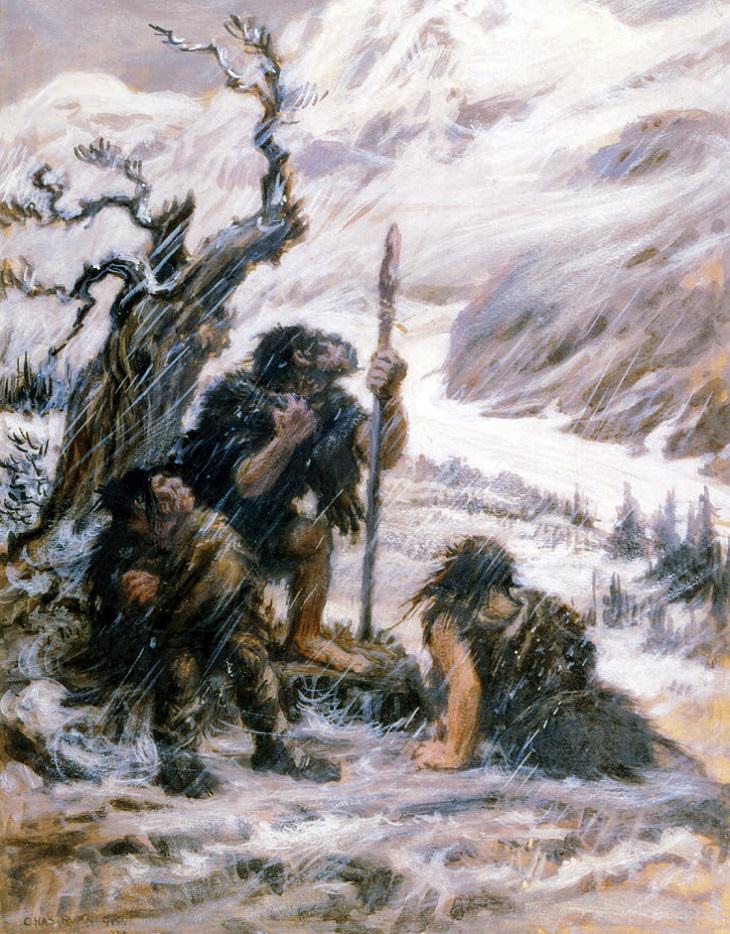
Image source - Wikimedia Commons
Neanderthals actually had the capability of complex speech. This was because of the presence and position of the hyoid bone - a ‘U’ shaped structure located in the anterior neck that supports the root of the tongue. It is the same bone that allows humans to vocalize. Thus, Neanderthals didn’t just grunt as has been assumed for long. However, they didn’t have refined vocabularies either.
The build of Neanderthals was different than modern humans, especially their large chests and posture. This is likely to have given them a higher-pitch and a loud voice.

Neanderthals didn’t just use fire because they had to; they were actually skilled at controlling it as well. A 2011 study out of the University of Colorado Boulder, revealed that our ancient relatives were using fire stably as long as 400,000 years ago. Paola Villa, a curator at the University Of Colorado Museum Of Natural History, has noted that pieces of evidence in 141 fireplace sites in Europe have been found that showed sustained use of fire at each site. This also included burned bones, heated stone artifacts, and charcoal.
According to Villa, Neanderthals produced a sticky liquid called pitch from the bark of birch tree and used it to haft or fit wooden shafts on stone tools. “Since the only way to create pitch from the trees is to burn bark peels in the absence of air, archeologists surmise Neanderthals dug holes in the ground, inserted birch bark peels, lit them and covered the hole tightly with stones to block incoming air,” Villa was quoted as saying to CU Boulder Today.
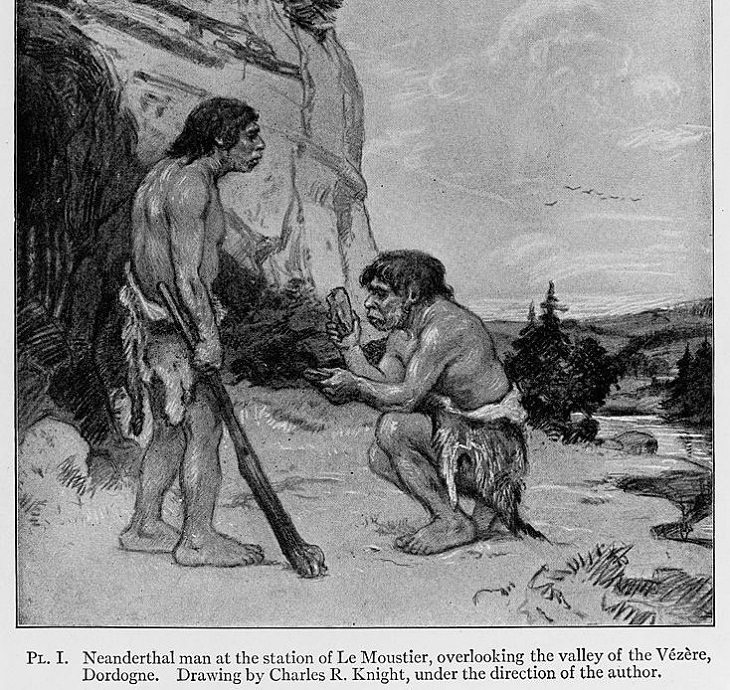
Image source - Wikimedia Commons
That the Neanderthals relied on hunting for food is well known. What most of us don’t know, however, is that they employed sophisticated hunting strategies and used to follow a schedule to be present at the right place and at the right time. For instance, they were aware of the reindeer migration patterns in their area and would time their stays in hunting locations accordingly. Researchers came to this conclusion based on the analysis of subtle chemical variations in reindeer teeth.
Furthermore, Neanderthals had great communication skills that helped them co-ordinate their attacks and would study their prey properly. Investigations have also shown that Neanderthal bones have a high frequency of fractures which are quite similar to injuries among professional rodeo riders. This indicates that they used to regularly scuffle, most likely for hunting, with large, dangerous animals.
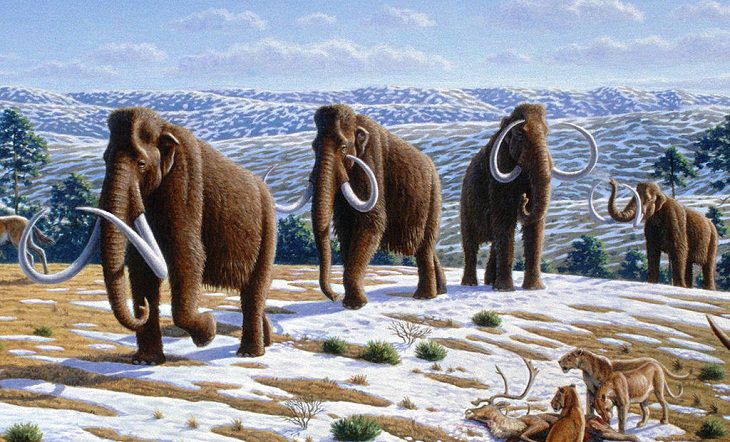
Image source - Wikimedia Commons
The latest research has revealed that Neanderthals and woolly mammoths, the now-extinct relative of modern elephants, shared some molecular signs of adaptation to cold environments. Interestingly, these mammoths were often hunted by Neanderthals for food. But despite the great size differences between the two, the study has observed that these two mammals evolved from African ancestors before blending into the cold climates of ice-age Eurasia. Also, both became extinct around the same time. This genetic parallel between the two appears to give evidence of convergent evolution (when species have different ancestral origins but have developed similar features).
"They say you are what you eat," says Ran Barkai, a professor of archaeology at Tel Aviv University and the co-author of the study. "This was especially true of Neanderthals; they ate mammoths but were apparently also genetically similar to mammoths."
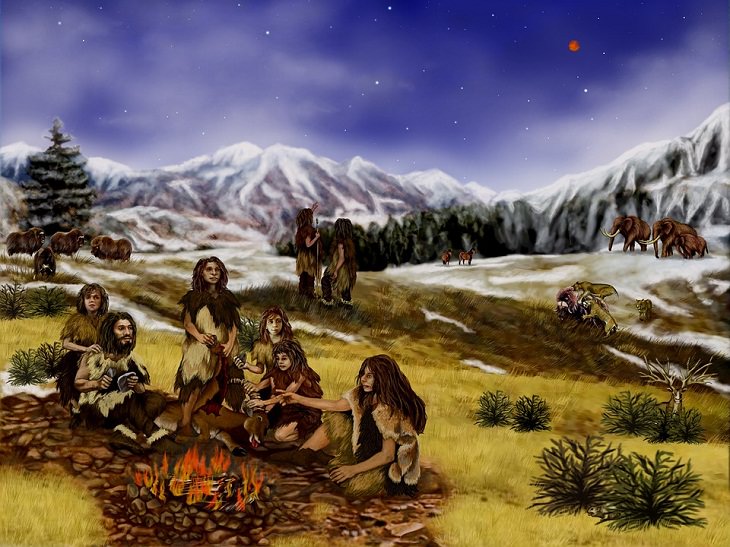
Findings have suggested that Neanderthals were loving family members and tended to their injured, sick and elderly. This theory was substantiated when the bones of an elderly man were found in 1908 in a burial pit at La Chapelle-aux-Saints in France. The bones were that of an elderly man who had had debilitating arthritis and had no teeth. That he was found in such a condition let researchers conclude that he must have been taken care of by family members in his later years. In fact, there was a possibility that his family members even chewed the food for him.
A number of other bodies were discovered at different sites that have shown that Neanderthals cared for those in their group with crippling injuries. It has also been found that they didn’t think in terms of their care being repaid; they simply responded to caring for their loved ones.

Image source - Wikimedia Commons
Neanderthals are known to have made the earliest-known cave art on Earth, a study published in the journal Science says. According to the study, paintings in three Spanish caves were created more than 64,000 years ago. This is much before modern Homo sapiens arrived in Europe. The art in the caves consisted of red or black paintings of animals, dots and geometric signs, along with hand stencils, handprints, and engravings.
The authors of the study believe that the paintings were created at least 20,000 years before modern humans arrived in Europe from Africa and thus must have been painted by Neanderthals. Evidence also suggests that Neanderthal painters were part of a much wider artistic culture. They created meaningful symbols with their art in various places. Many of these symbols have been found only a few kilometers apart. This indicates that their cave art could have been a long-lived tradition.
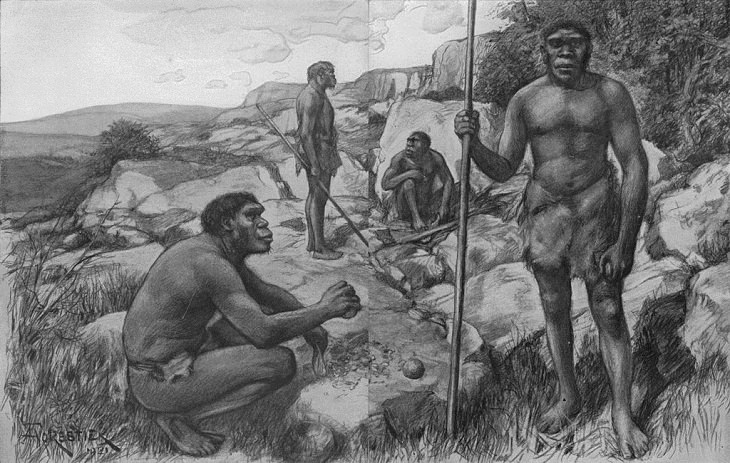
Image source - Wikimedia Commons
A recent study evaluated pieces of human DNA that trace back to Neanderthals and it was found that they had a higher risk of blood clots, strokes, depression, skin lesions, a penchant for nicotine addiction and even malnutrition due to uneven thiamine. Some researchers also found that Neanderthal genetic variants were considerably linked to increased risk of heart attack and artery thickening traits.
Interestingly, however, scientists say that in prehistoric times, these traits were related to adaptations. That is, they were largely beneficial back then because their bodies were regulated by circadian rhythms, along with a completely different diet and constant requirement of boosting the immune system. However, in modern-day these beneficial traits cause issues.
Related Articles:
Humans Knew Astronomy 40,000 Years Ago